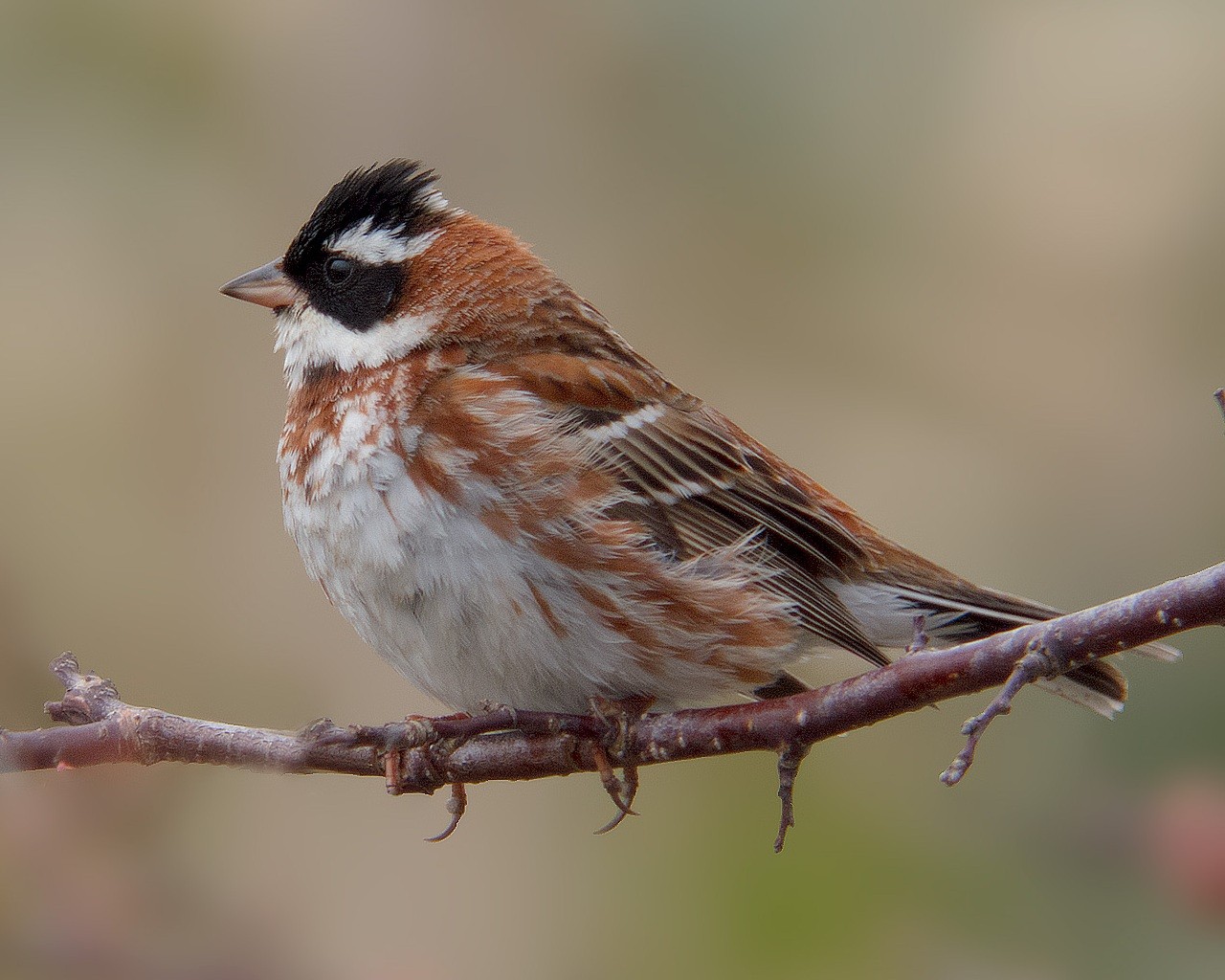Rustic Bunting
A species of Old World Buntings Scientific name : Emberiza rustica Genus : Old World Buntings
Rustic Bunting, A species of Old World Buntings
Botanical name: Emberiza rustica
Genus: Old World Buntings
Content
Description General Info
 Photo By Gin tonic , used under CC-BY-SA-3.0 /Cropped and compressed from original
Photo By Gin tonic , used under CC-BY-SA-3.0 /Cropped and compressed from original Description
The rustic bunting (Emberiza rustica) is a passerine bird in the bunting family Emberizidae, a group now separated by most modern authors from the finches, Fringillidae. The genus name Emberiza is from Old German Embritz, a bunting. The specific rustica is Latin for "rustic, simple". It breeds across the northern Palearctic. It is migratory, wintering in south-east Asia, Japan, and eastern China. It is a rare wanderer to western Europe. It breeds in wet coniferous woodland. Four to six eggs are laid in a nest in a bush or on the ground. Its natural food consists of seeds, and when feeding young, insects. This bird is similar in size to a reed bunting. It has white underparts with reddish flank, pink legs and a pink lower mandible. The summer male has a black head with a white throat and supercilium and a reddish breast band. The female has a heavily streaked brown back and brown face with a whitish supercilium. She resembles a female reed bunting, but has the reddish flank streaks, a chestnut nape and a pink, not grey, lower mandible. The call is a distinctive zit, and the song is a melancholic delee-deloo-delee. 
Size
15-15 cm (5.75-6 in)
Colors
Brown
Black
Bronze
White
Nest Placement
Ground
Feeding Habits
Rustic Bunting primarily consumes seeds and insects, employing ground foraging techniques for its varied diet. Unique adaptations include preference for dense underbrush when feeding.
Habitat
Rustic Bunting thrives in wet coniferous woodlands within the expansive Siberian taiga. These birds favor swampy spruce or pine forests with interspersed deciduous trees, as well as habitats with riverbank scrubs and Sphagnum bogs. The underbrush typically features horsetail and berry bushes, often near beaver-modified wetlands. They adapt to seasonal temperature shifts by varying their habitat, and during the non-breeding season, their range expands to include drier forests and agricultural peripheries.
Dite type
Granivorous
General Info
Feeding Habits
Bird food type
Bird Feeder Type

Platform
Species Status
VULNERABLE
Scientific Classification
Phylum
Chordates Class
Birds Order
Perching birds Family
New world sparrows Genus
Old World Buntings Species
Rustic Bunting